Fixing Broken Fence Posts
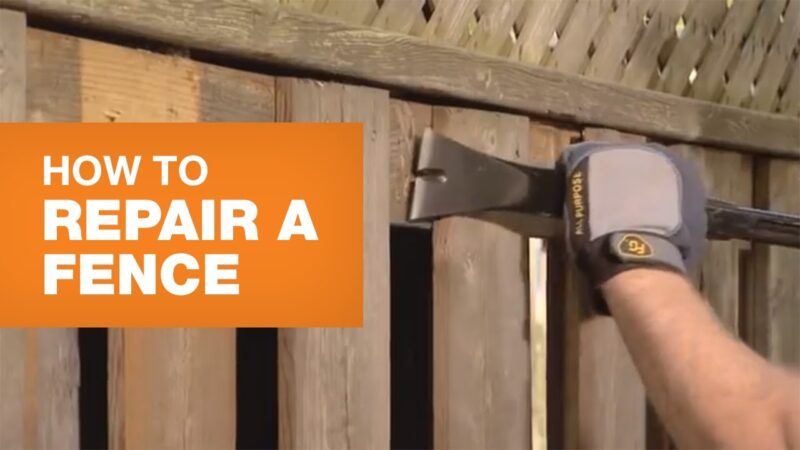
Fixing broken fence posts is a common DIY project that can significantly enhance the curb appeal and structural integrity of your property. This guide delves into the various types of fence post damage, from rot and cracking to leaning and complete breakage, exploring the causes and offering practical solutions for each. We’ll cover essential tools, safety precautions, and step-by-step repair methods, empowering you to tackle this task with confidence. Whether you’re dealing with weathered wood or damaged metal, or simply need preventative maintenance, this comprehensive resource will equip you with the knowledge and skills to restore your fence to its former glory.
We’ll explore different repair techniques tailored to specific damage types, from reinforcing rotted bases with concrete to straightening leaning posts with bracing. We will also discuss the importance of preventative measures, such as proper installation and regular inspections, to extend the lifespan of your fence posts and minimize future repairs. By the end, you’ll be well-prepared to diagnose, repair, and maintain your fence, ensuring its durability and aesthetic appeal for years to come.
Understanding and Repairing Damaged Fence Posts
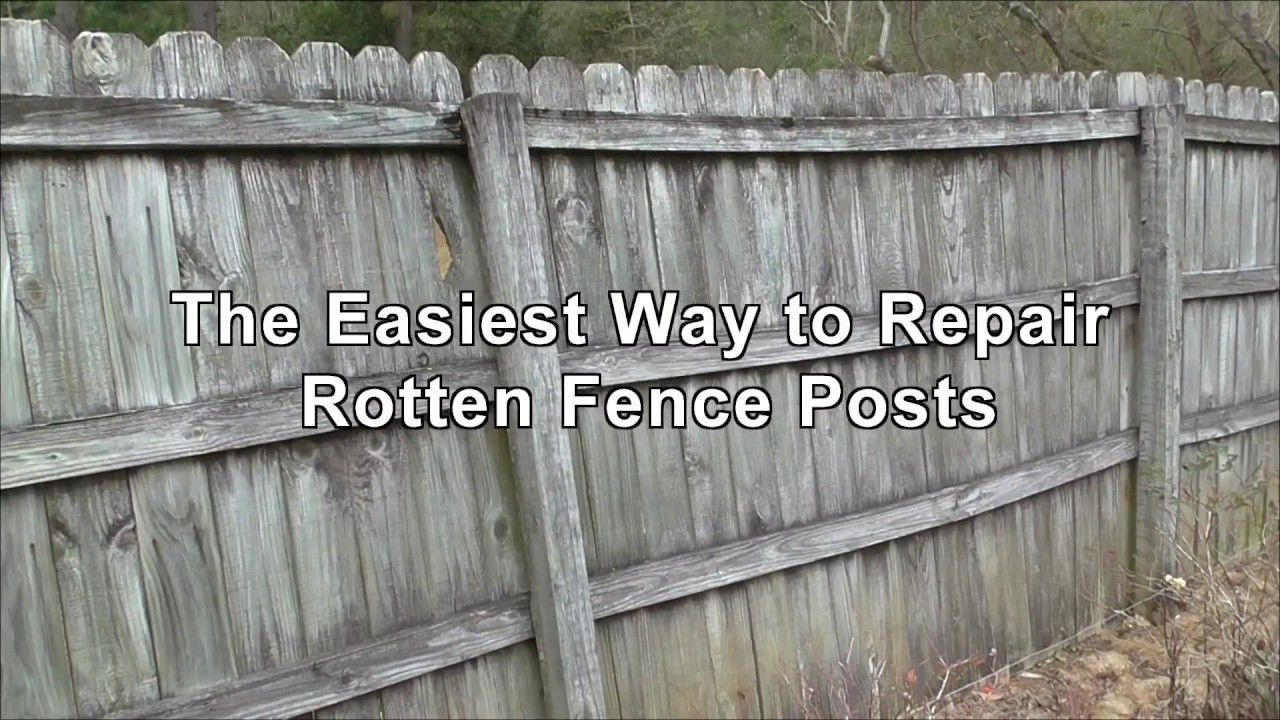
Source: pinimg.com
A sturdy fence enhances property value and provides security. However, fence posts, being constantly exposed to the elements, are prone to damage. This article details the common causes of fence post failure, provides a step-by-step guide for assessment and repair, and offers preventative maintenance strategies to extend their lifespan.
Types of Fence Post Damage and Causes
Fence post damage manifests in several ways, each with its unique causes. Understanding these variations is crucial for effective repair.
- Rot: Caused primarily by moisture exposure, rot weakens the structural integrity of the post, particularly at the ground level. Fungal growth thrives in damp conditions, leading to decay. Poor drainage around the post base exacerbates this issue.
- Cracking: Cracks can result from impact (e.g., vehicle collision), extreme temperature fluctuations (causing expansion and contraction), or inherent material defects. These cracks compromise the post’s strength and can lead to further damage.
- Leaning: Leaning posts are often a consequence of inadequate initial installation, soil erosion, or impact. Over time, the lean worsens, increasing the risk of collapse.
The differences between damage caused by weather, animals, and age are significant. Weathering, including sun exposure, rain, and frost, gradually weakens the post material. Animal damage, such as gnawing or digging, often results in localized damage. Age-related degradation is a cumulative process encompassing all these factors, leading to general weakening and failure.
| Post Material | Common Failure Points | Lifespan (approx.) | Susceptibility to Damage |
|---|---|---|---|
| Wood (Pressure-treated) | Ground line rot, cracking from impact | 15-20 years | Moderate (susceptible to rot and insect damage) |
| Metal (Steel) | Rust, corrosion at the ground line, bending from impact | 20-30 years | Low (durable but susceptible to corrosion) |
| Vinyl | Cracking from extreme temperature changes, breakage from impact | 25-40 years | Low (durable but can crack under stress) |
| Concrete | Cracking from settling, impact damage | 50+ years | Low (very durable but susceptible to cracking) |
Assessing Damage and Gathering Tools
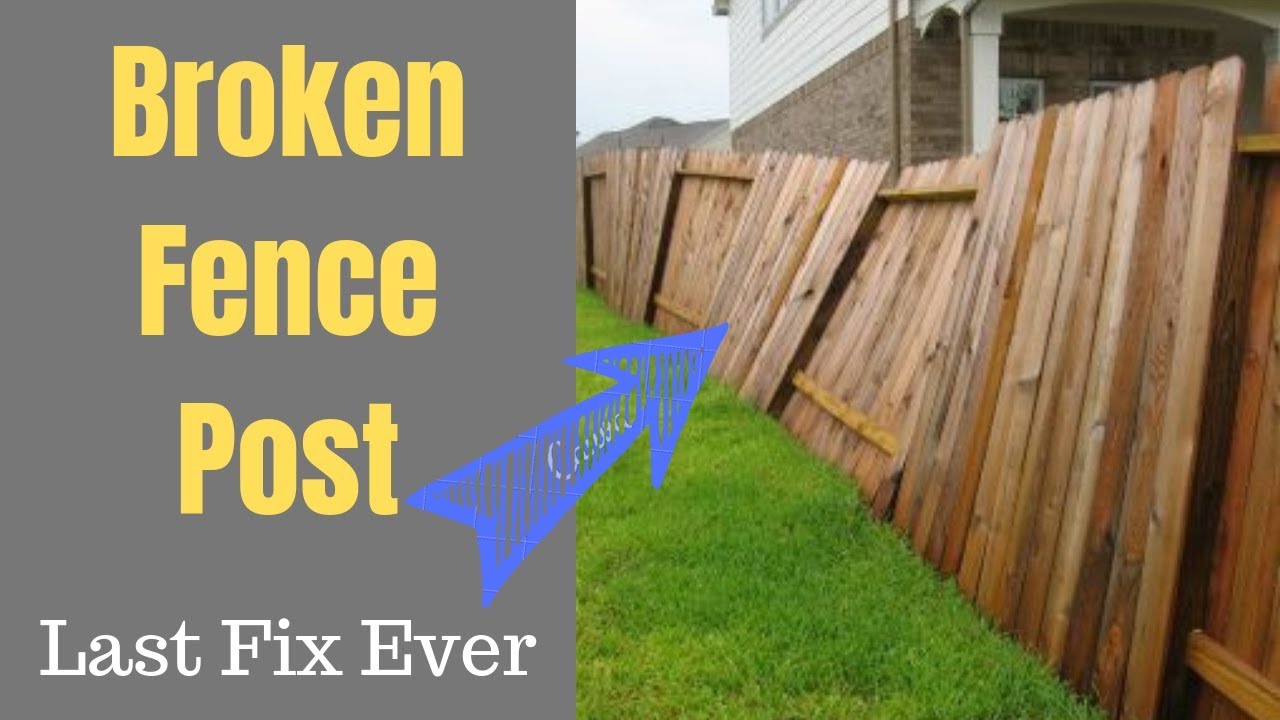
Source: ytimg.com
A thorough inspection is paramount before initiating repairs. This involves visually assessing the post for rot, cracks, leans, and any other signs of damage. A careful examination of the surrounding soil is also essential to identify underlying issues like poor drainage.
- Visually inspect the entire post, paying close attention to the ground line.
- Check for cracks, splits, or significant leaning.
- Assess the surrounding soil for erosion or drainage problems.
- Check for any evidence of insect or animal damage.
Essential tools include a post-hole digger, shovel, level, concrete mix, post-setting cement, measuring tape, hammer, bracing materials (e.g., metal straps, wood), and safety glasses.
A pre-repair checklist ensures you have everything needed before starting: Sufficient concrete mix, appropriate bracing materials, replacement post (if needed), a post hole digger, shovel, level, safety glasses, and work gloves.
Safety precautions are critical. Wear safety glasses to protect your eyes from flying debris. Use work gloves to prevent cuts and splinters. Ensure the work area is clear of obstructions.
Repair Methods for Various Damage Types
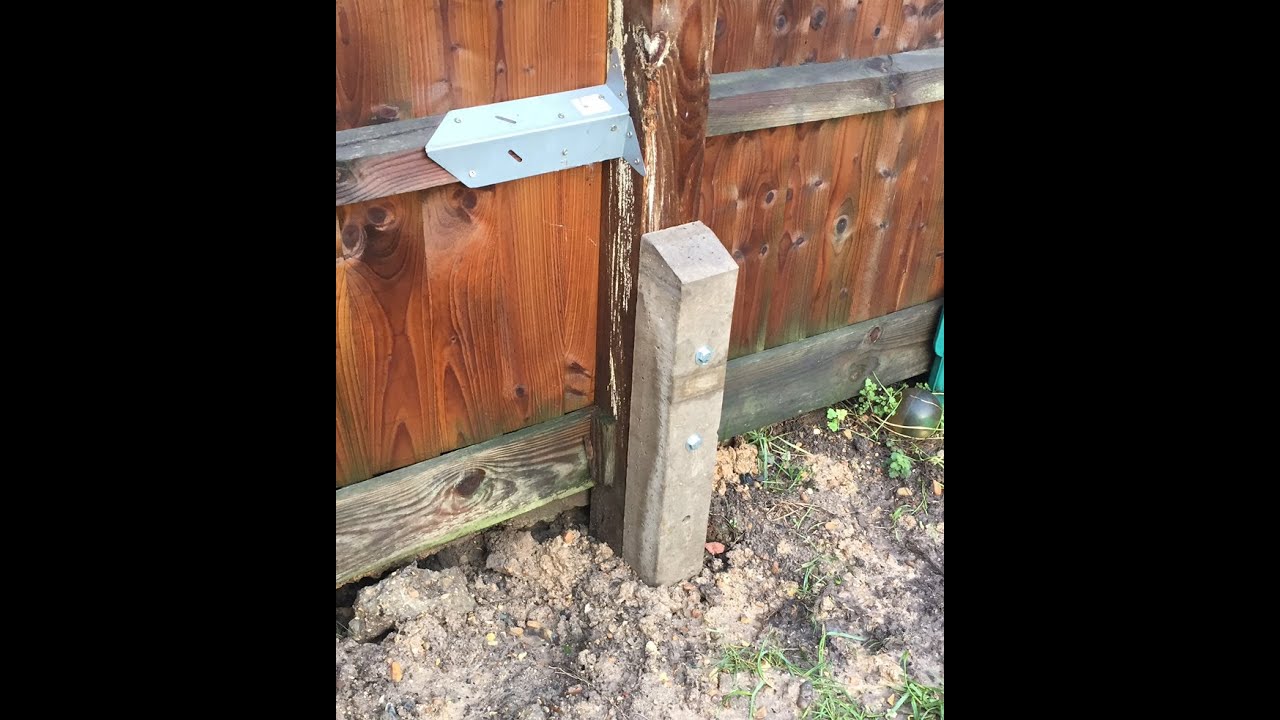
Source: ytimg.com
Repair methods vary depending on the type and extent of damage. Each repair approach requires careful execution to ensure the structural integrity of the fence.
- Repairing Rotted Post Base: Excavate the rotted portion of the post, clean the area, and set the post firmly in new concrete. Ensure proper drainage around the base.
- Straightening a Leaning Post: Use bracing techniques, such as attaching metal straps or wood braces to the leaning post and a nearby stable object (another post or a sturdy ground anchor). The braces should be firmly secured to prevent further leaning.
- Replacing a Broken Post: Remove the damaged post, dig a new hole of appropriate depth and width, set a new post, and secure it with concrete. Ensure the new post is plumb and level.
- Repairing Cracked Posts: Minor cracks can be filled with epoxy or wood filler. For more extensive cracks, replacement is often necessary.
Preventive Maintenance and Long-Term Solutions
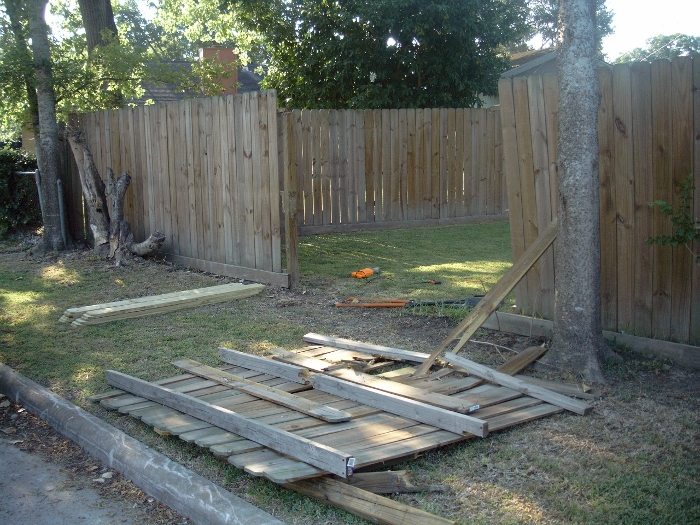
Source: asgoodasnewfence.com
Preventative measures are key to extending the lifespan of your fence posts. Proactive maintenance minimizes the need for costly repairs.
- Proper Installation: Set posts deep enough in well-compacted soil, using concrete for added stability.
- Material Selection: Choose durable, weather-resistant materials like pressure-treated lumber, metal, or vinyl, based on your budget and climate.
- Regular Inspections: Conduct regular inspections (at least annually) to identify and address minor issues before they escalate.
- Drainage Improvement: Ensure proper drainage around the post base to prevent water accumulation and rot.
Illustrative Examples of Repair Techniques, Fixing broken fence posts
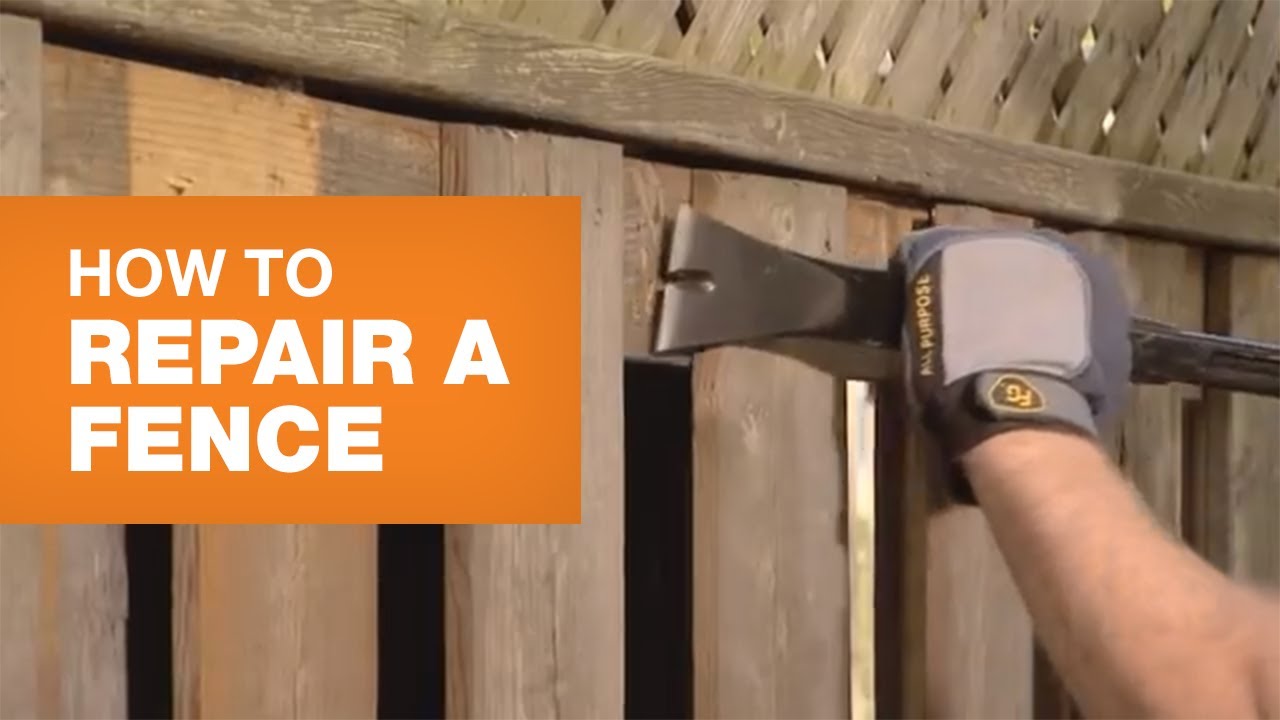
Source: ytimg.com
A correctly repaired rotted post base will show a smooth transition between the old and new concrete, with the post firmly embedded and surrounded by well-compacted soil with proper drainage. Dimensions will depend on the post size but typically involve at least 12 inches of the post embedded in the concrete.
A properly braced leaning post will have sturdy metal straps or wooden braces firmly attached to both the leaning post and a stable support point, pulling the post back to a vertical position. The braces should be secured using appropriate fasteners and placed strategically to provide maximum support.
Replacing a fence post involves carefully removing the old post, digging a new hole of suitable depth, setting the new post plumb and level, and securing it with concrete. Each stage requires precision to ensure a lasting repair. The process should maintain consistent alignment with the existing fence line.
Visual differences between repair methods are apparent. A rotted post-repair will show a concrete base around the post. A leaning post-repair will display bracing materials visibly securing the post. A replacement will show a new post in place, seamlessly integrated with the rest of the fence.
Questions Often Asked: Fixing Broken Fence Posts
What type of concrete is best for repairing rotted fence posts?
A quick-setting concrete mix is ideal for fence post repairs, ensuring a rapid and strong bond. Consider using concrete specifically designed for exterior use to enhance its weather resistance.
How often should I inspect my fence for damage?
Ideally, you should inspect your fence at least twice a year, once in spring and once in autumn. This allows for early detection of any problems before they become major issues.
Can I repair a severely cracked fence post?
The repairability of a severely cracked fence post depends on the extent and location of the crack. Minor cracks can sometimes be repaired with epoxy or wood filler. However, severely cracked posts are often best replaced for safety and longevity.
What are the signs of a fence post needing replacement?
Signs include significant leaning, severe rot at the base, multiple large cracks, or significant instability when pressure is applied.
What is the best way to dispose of old fence posts?
Check with your local waste management facility for guidelines on disposing of treated lumber. Options may include separate disposal for treated wood or taking it to a recycling center that accepts this material.
Comments are closed.